The Nipah virus (NiV) is a zoonotic virus that was first identified in Malaysia in 1998. It belongs to the family Paramyxoviridae and can cause severe infections in humans and animals. Nipah virus is transmitted to humans primarily through the consumption of contaminated fruits or direct contact with infected animals. In this blog, we’ll discuss the symptoms, prevention measures, and available treatments for Nipah virus infection.
Table of Contents
Introduction of Nipah Virus
Have you ever heard of Nipah Virus? if not you should pay attention because this lethal zoonotic disease could become the next global threat. Originally identified in 1999 in Malaysia and Singapore, the Nipah Virus is carried by fruit bats and can spread to humans. As of now, there is no vaccine and no cure.
The scary part is Nipah Virus has a high Fatality rate, killing unto 75% of those infected.
It causes range of symptoms from asymptotic infection to acute respiratory illness and fatal encephalitis. Once infected, you may experience fever, headaches,dizziness and vomiting progressing to a coma within a week. The only treatment is intensive supportive care.
This mysterious has already caused several outbreaks in Asia, claiming hundreds of lives. While Nipah currently posses a low risk to most people outside of Asia, its potential to cause a deadly pandamic is real. We have to support research efforts to better understand this virus and develop treatments before its too late. The next outbreak could happen anywhere, so stay alert and spread the word about this deadly virus. Together we can help contain the spread of Nipah.
What is Nipah Virus?
Nipah virus is a deadly virus that causes severe disease in animals and humans. It is a zoonotic virus, meaning it spreads from animals to people. The virus originally spread from fruit bats in Malaysia and Singapore.
The first known outbreak if Nipah virus in humans occurred in 1998 in Malaysia and Singapore. People got sick from direst contact with infected pigsor their contaminated tissues.
Over 100 people got sick and more than 40% died. Since then, Nipah outbreaks have occured almost every year in Bangladesh and India. In these outbreaks, people got sick from direct contact with infected bats or their secretions.

The symptoms of Nipah virus appear within 5 to 14 days and include:
- Fever and headache
- Muscle pain
- Nausea and vomiting
- Sore throat
- Dizziness and drowsiness
- Mental confusion and anxiety
Some people may also experience atypical Pneumonia and severe respiratory problems, including acute respiratory distress. Encephalitis. or inflammation of the brain, can also occur. Sadly. 40-75%of people who show symptoms die from the disease.
Currently, there are no vaccines for Nipah virus. The primary treatment is supportive care. The best way to prevent infection is to avoid exposure to bats and pigs in areas where the virus is known to circulate. Always practice good hand washing and were protective equipment if you work with animals.
History and Origin of Nipah Virus Outbreaks
The Nipah virus first emerged in Malaysia in 1998, causing an outbreak of encephalitis and respiratory illness among pig farmers and people with close contact with pigs. Sadly, over 100 people died from this initial outbreak before the virus was identified.
Origin and Natural Reservoir
Nipah virus is carried by fruit bats of the Pteropus genus, also known as flying foxes. These bats are found throughout tropical regions of Asia, Australia and Africa. While bats can carry the virus without getting sick, they pass it on to other animals like pigs. dogs and humans. Pigs and bats are identified as the carriers responsible for the initial Malaysian outbreak.
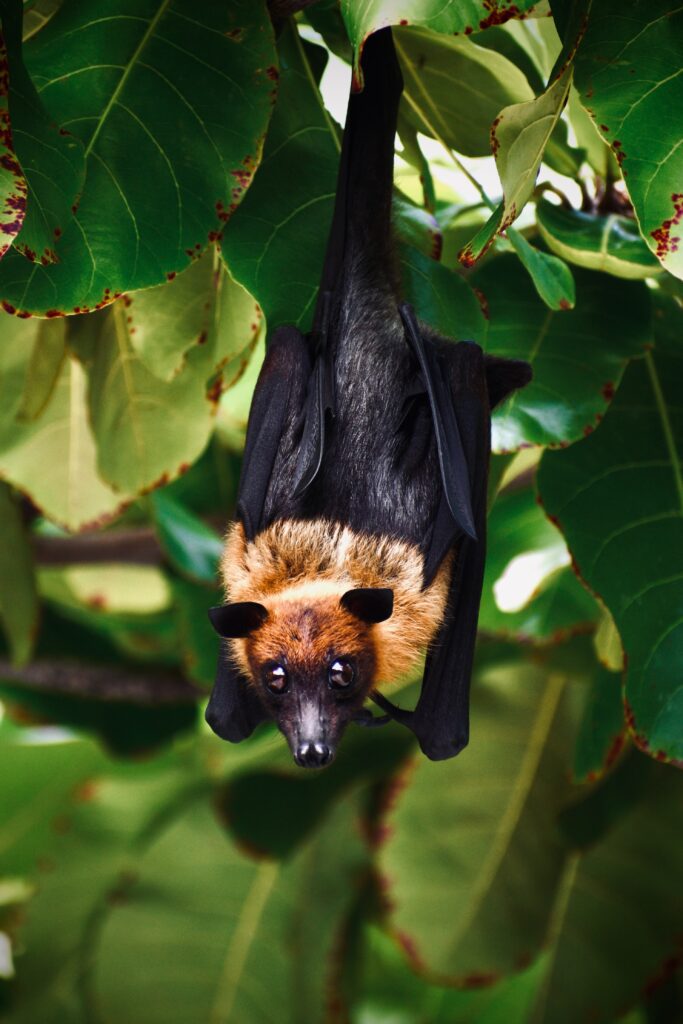

How Nipah Spreads to Humans
People can get infected with Nipah virus by:
- Direct contact with infected bats, pigs or their contaminated tissues.
- Consuming fruit or fruit productsmlike raw date palm sa contaminated with urine or saliva from infected bats.
- Close contact with an infected person, usually a family member or healthcare worker, via coughing, sneezing or contact with contaminated surfaces.
Once infected, a person can spread Niaph virus to others during the second week of illness. There is no specific treatment, bt intensive supportive care can improve survival. The mortality rate is estimated to be between 40-75%, so prevention and control are critical.
Nipah virus may be deadly, but by educating communities about the risks, promoting hand washing and avoiding exposure to bats and their droppings, we can help prevent future outbreaks and save lives, Together, we have the power to contain this lethal zoonosis.
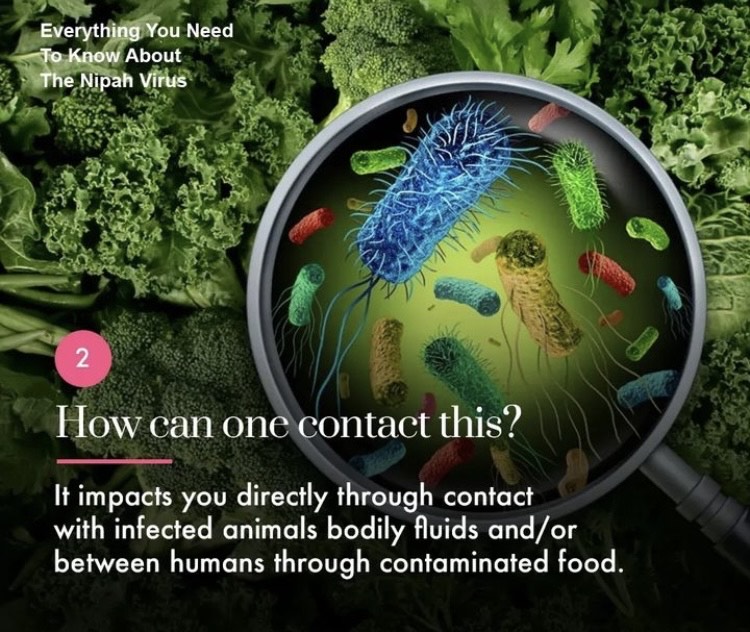
Signs and Symptoms of Nipah Virus
Once infected with Nipah virus symptoms usually appear within 4 to 14 days. The initial signs are flu-like, including:
- Fever and headache
- Muscle pain
- Vomiting and nausea
- Sore throat and cough
As the infection progresses, more severe symotoms can develop:
- Dizziness and drowsiness
- Altered consciousness and confusion
- Severe respiratory problems like difficulty breathing
In some cases, inflammation of the brain (encephalitis ) may also occur causing:
- Seizures and convulsions
- Personality changes
- Disorientation
Nipah viras encephalitis can also lead to a coma within 24-48 hours. The disease has a high mortality rate, ranging from 40 -75% depending on the outbreak. Unfortunately there are currently no vaccines or specific treatment options for this infection. The primary treatment is intensive supportive care.
To avoid infection ,practice good hand hygiene like awshing hands with soap and water after touching animalsor their droppings. Avoid consuming raw date palm sap or fruit bats which are natural reservoirs of the virus. Use appropriate prtective equipment like gloves,masks and goggles when in close contact with infected animal or people.
Regularly cleaning pig farms and avoiding close contact with pigs can also help curb the spread to humans. Public health efforts focus on raising awareness about the risks and modes of transmission. Early detection and isolation of cases has been effective past outbreaks.
With prompt diagnosis and supportive care, survival rates can be increased. But more research is still needed to develop targeted therapeutics and an effective vaccine against this lethal zoonotic disease.
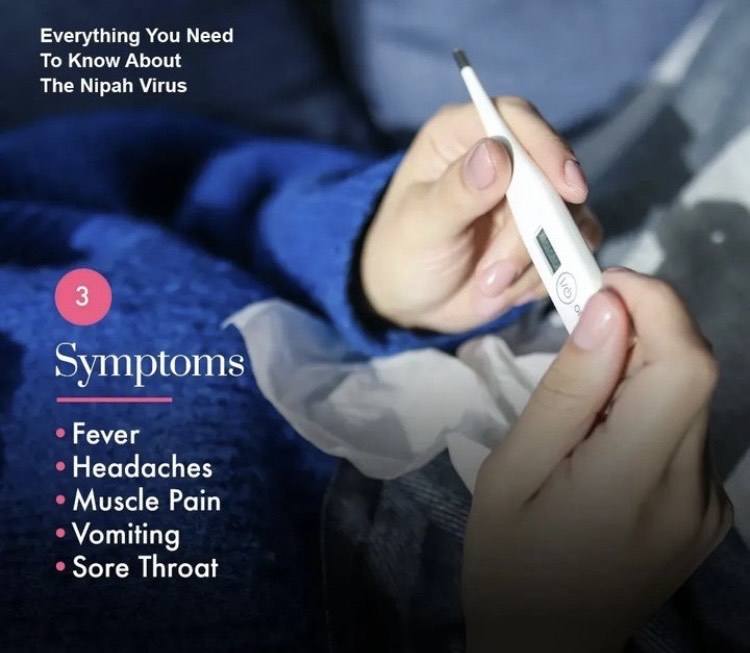
Prevention and Treatment of Nipah Virus
When it comes to preventing and treating the virus, the options are limited but important to understand.
This virus currently has no vaccine and no specific treatment, so prevention is key.
Prevention
The main way to avoid contracting the virus is to steer clear of infected animals and their excretions. Since the virus is transmitted from animals to humans, avoiding contact with sick or dead pigs and fruit bats. Be cautious around places these animals may inhabit like farms, markets or orchards.
Also practice good hygiene like regular hand washing, especially after contact with animals. Wash fruits and vegetables thoroughly before eating as well. Avoid drinking raw date palm sap or toddy as virus may contaminate.
If you have been in contact with an infected person, you ‘ll need to be be monitored closely for symptoms during the incubation period which can last upto 45 days. Strict isolation and barrier nursing techniques should be used when caring for infected individuals.

Treatment
Unfortunately, there is currently no vaccine or antiviral drug for Niaph virus. Treatment focuses on managing symptoms and providing supportive care. Patients are usually hospitalised and isolated to prevent the spread of virus. They receive intravenous fluids and medications to control pain, fever, and inflammation.
Severe cases may require hospitalisation in an intensive care unit, use of a ventilator for breathing difficulties and other life support measures. The mortality rate of Nipah cases can be quite high, unto 75% for some outbreaks, so immediate medical care is critical.
Researchers are working on developing a Nipah vaccine and antiviral medications, but they are still in early testing stages. The best way to curb this deadly disease is through education, prevention ,surveillance and outbreak control. By understanding how Nipah spreads and taking steps to avoid exposure, we can help contain this lethal zoonotic disease.
Nipah Virus FAQ: Your Top Questions Answered
You probably have a lot of questions about the Nipah Virus. Here are the answers to some of the most common ones:
What exactly is the Nipah Virus?
The Nipah virus is a zoonotic virus that causes a deadly disease in humans. It was first identified in 1999 in Malaysia ans Singapore. The virus is carried by fruit bats of the pteropus genus, also known as flying foxes.
How is Nipah Virus transmitted to humans?
The nipah virus is transmitted to humans from animals, especially fruit bats and pigs. In some cases, the virus can also spread from person tp person through coughing and sneezing . Consuming fruit or fruit products like raw date palm sap contaminated with urine or saliva from infected fruit bats is also a means of transmission.
What are the symptoms of Nipah virus infection?
Symptoms pf Nipah virus infection include fever headache, dizziness and vomiting. As the disease progresses, infected individuals can experience drowsiness , confusion and even a coma in severe cases. Encephalitis is also commonly seen which causes inflammation of the brain. sadly, about 40-75% of the infected people lose their lives due to this deadly virus.
Is there a treatment for Nipah virus disease?
Unfortunately, there’s no vaccine for Nipah virus currently available. The primary treatment is supportive care. Patients are hospitalised and treated for symptoms. The antiviral drug Ribavirin may have some benefits. Preventing transmission from animals to humans is best way to control Nipah outbreaks.
How can we prevent Nipah virus infection?
You can help prevent Nipah virus infection by avoiding exposure to fruit bats and their droppings. Practice good Hand hygiene like washing hands with soap and water. Avoid consuming raw date palm sap or fruits contaminated by bats. Use proper protective equipment when handling sick animals. Educating people about the risks associated with virus is the key. by following recommended safety measures, we can work together to contain this deadly disease.
FAQs: Nipah Virus
1. What are Nipah Virus Symptoms?
- Nipah virus symptoms refer to the signs and manifestations of infection with the Nipah virus, a zoonotic virus that can cause severe illness in humans. These symptoms can range from mild to severe and may include fever, headache, respiratory symptoms, encephalitis, and neurological signs.
2. What are the early signs of Nipah Virus Infection?
- Early signs of Nipah virus infection often resemble those of common viral illnesses and may include fever, headache, muscle pain, fatigue, and sore throat. These symptoms can develop within a few days to weeks after exposure to the virus.
3. How does Nipah Virus Progress in the Body?
- After initial exposure, Nipah virus can progress rapidly in the body, leading to more severe symptoms such as respiratory distress, cough, vomiting, and altered mental status. In some cases, the virus can cause encephalitis (inflammation of the brain) or neurological complications, which may be life-threatening.
4. What are the respiratory symptoms associated with Nipah Virus Infection?
- Respiratory symptoms associated with Nipah virus infection may include cough, shortness of breath, chest pain, and difficulty breathing. These symptoms can indicate the involvement of the respiratory system and may progress to severe respiratory distress in some cases.
5. How is Nipah Virus Encephalitis Different from Other Forms of Encephalitis?
- Nipah virus encephalitis is a specific type of encephalitis caused by infection with the Nipah virus. Unlike other forms of encephalitis, Nipah virus encephalitis may present with additional symptoms such as fever, headache, respiratory symptoms, and signs of neurological dysfunction, including confusion, disorientation, seizures, and coma.
6. Are there any specific neurological signs associated with Nipah Virus Infection?
- Yes, Nipah virus infection can cause a range of neurological signs and symptoms, including confusion, disorientation, seizures, focal neurological deficits, and coma. These neurological manifestations may indicate involvement of the central nervous system and require urgent medical attention.
7. How is Nipah Virus Infection Diagnosed?
- Nipah virus infection is diagnosed through laboratory testing of blood, respiratory specimens, cerebrospinal fluid, or other bodily fluids. Diagnostic tests may include reverse transcription-polymerase chain reaction (RT-PCR), viral culture, serological assays, and immunohistochemistry.
8. What should I do if I suspect Nipah Virus Infection?
- If you suspect you may have been exposed to Nipah virus or are experiencing symptoms consistent with Nipah virus infection, seek medical attention immediately. Contact your healthcare provider or local health authorities for guidance on testing, treatment, and infection control measures.
9. Are there any specific treatments available for Nipah Virus Infection?
- Currently, there are no specific antiviral treatments or vaccines available for Nipah virus infection. Supportive care, including symptomatic treatment and management of complications, is the mainstay of therapy. Patients with severe illness may require hospitalization and intensive care.
10. How can I protect myself from Nipah Virus Infection?
- To reduce the risk of Nipah virus infection, avoid direct contact with sick animals or their contaminated tissues and fluids. Practice good hand hygiene, avoid consuming raw date palm sap or fruits contaminated with bat saliva or urine, and implement appropriate infection control measures in healthcare settings. Additionally, stay informed about outbreaks and follow recommendations from public health authorities.
Conclusion
So there you have it, everything you need to know about the deadly Nipah virus. as you have learned, it started in Malaysia and has caused several deadly outbreaks since then.the scary thing is it can jump from animals to humans and also spread between people. The symptoms are severe and can lead to death, so prevention and containment are critical.
While theres n cure yet, researchers are working on treatments and vaccines. The good news is by avoiding contact with infected animals, practicing good hygiene like hand washing and isolating those who are sick, we can help stop Nipah outbreaks. Knowledge is power, so stay informed and spread the word about this dangerous virus. Together, we can make the world a healthier place.

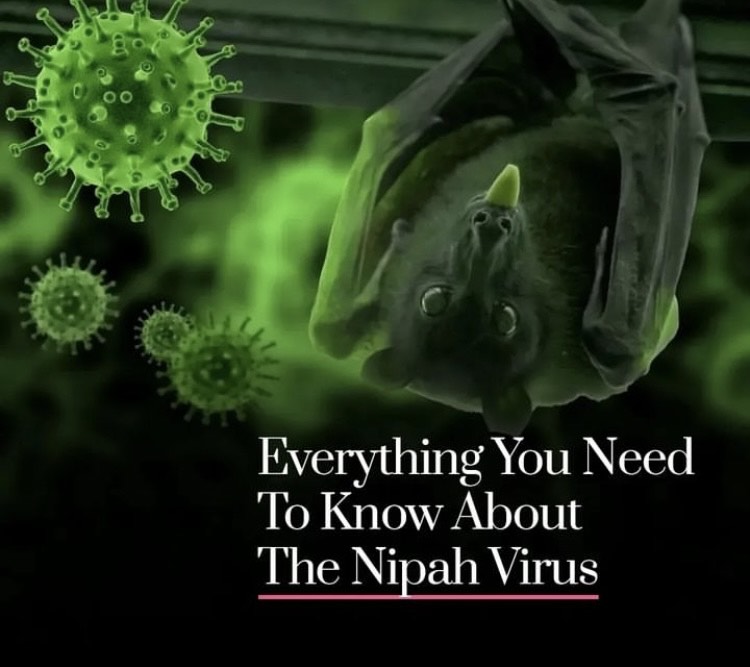

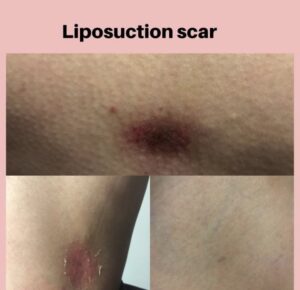

Pingback: A Complete Guide to Nipah Virus Symptoms: Recognizing the Signs - HEALTHILY EVER AFTER